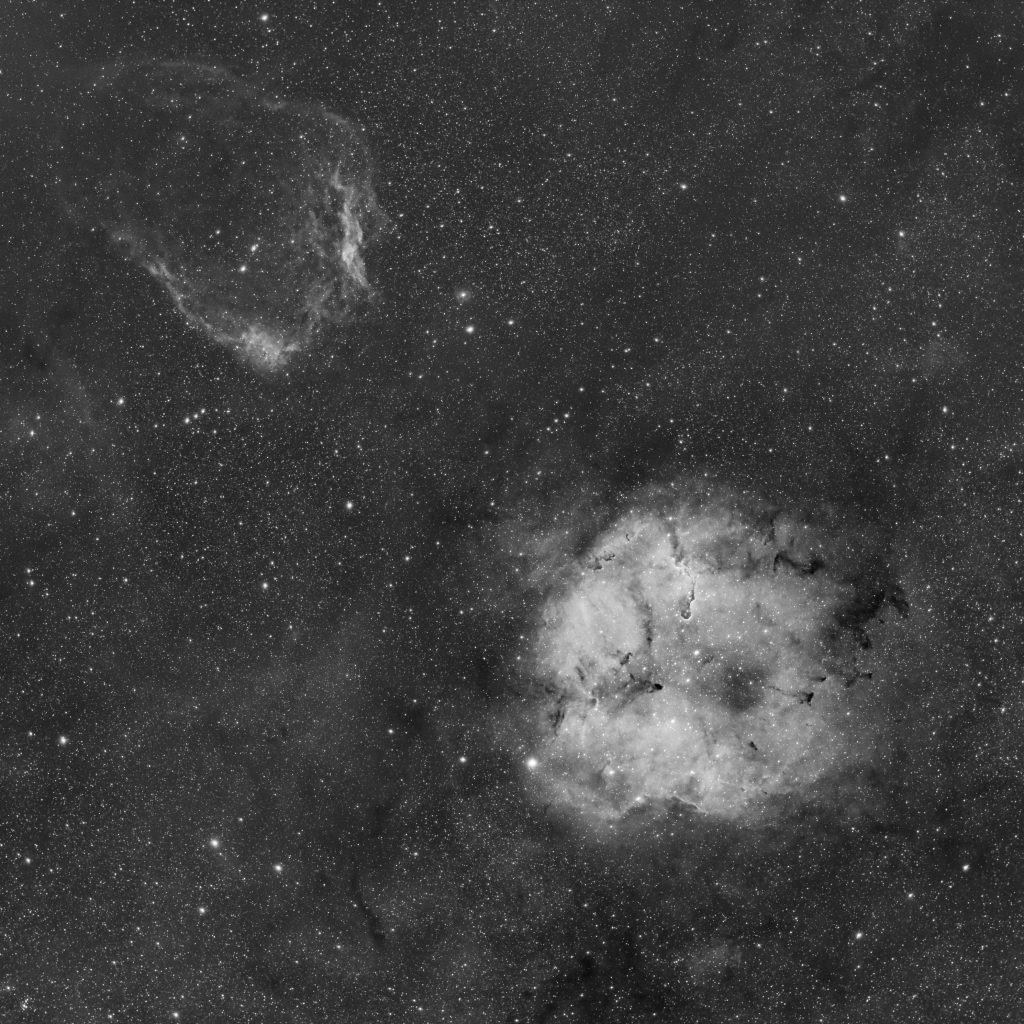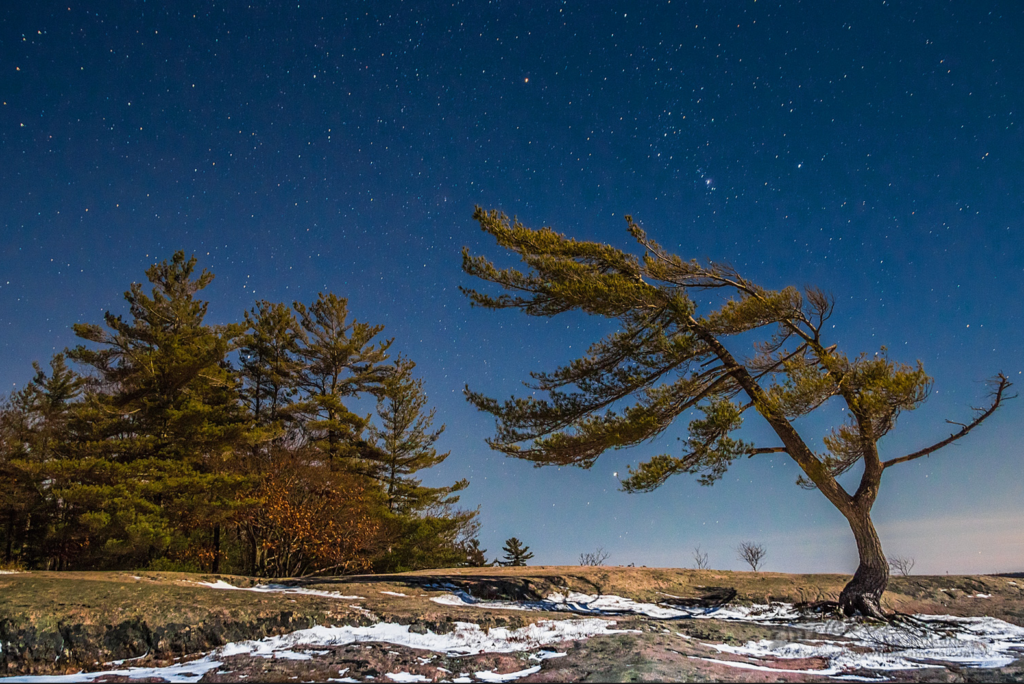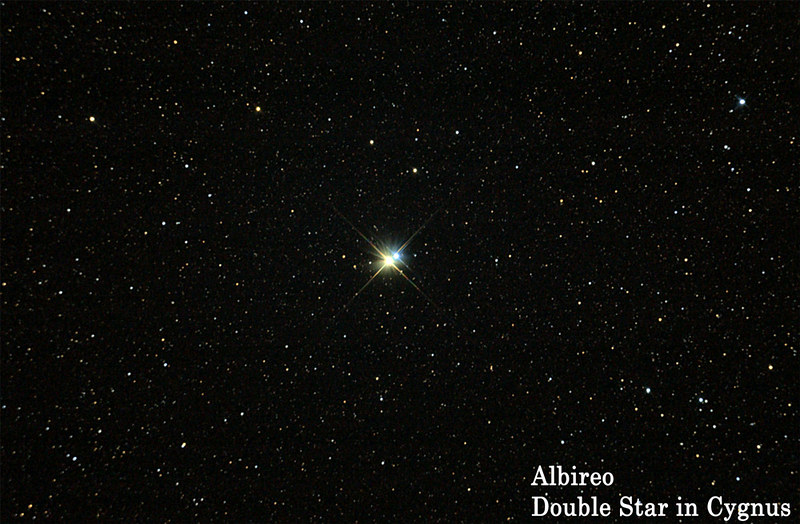
The Flaming Star Nebula (IC 405 or Caldwell 31) makes the must-see lists of many visual stargazers and astronomical imagers this time of year. This showpiece nebula in the northern constellation Auriga gains its energy from the star AE Aurigae, a 6th-magnitude massive blue-white star about 1,500 light years away. This brilliant star, which outshines our Sun by some 30,000 times, blasts out ultraviolet light that ionizes the cloud of hydrogen gas around the star. As the hydrogen atoms reassemble, they emit light at visible wavelengths that make these nebulae so beautiful. IC 405 features a remarkably complex structure with knots of glowing gas that do indeed resemble starry flames frozen into the dark background sky.
[Read more…] about The Flaming Star Nebula



